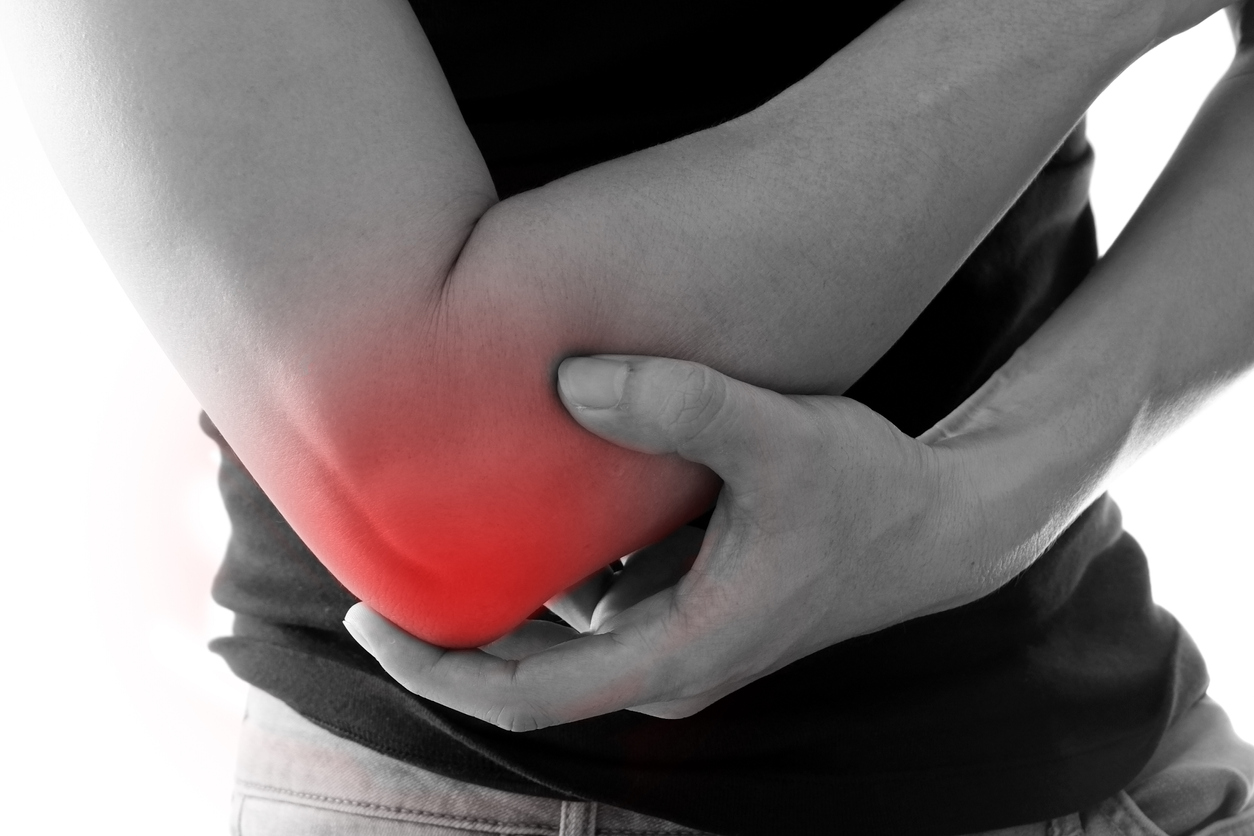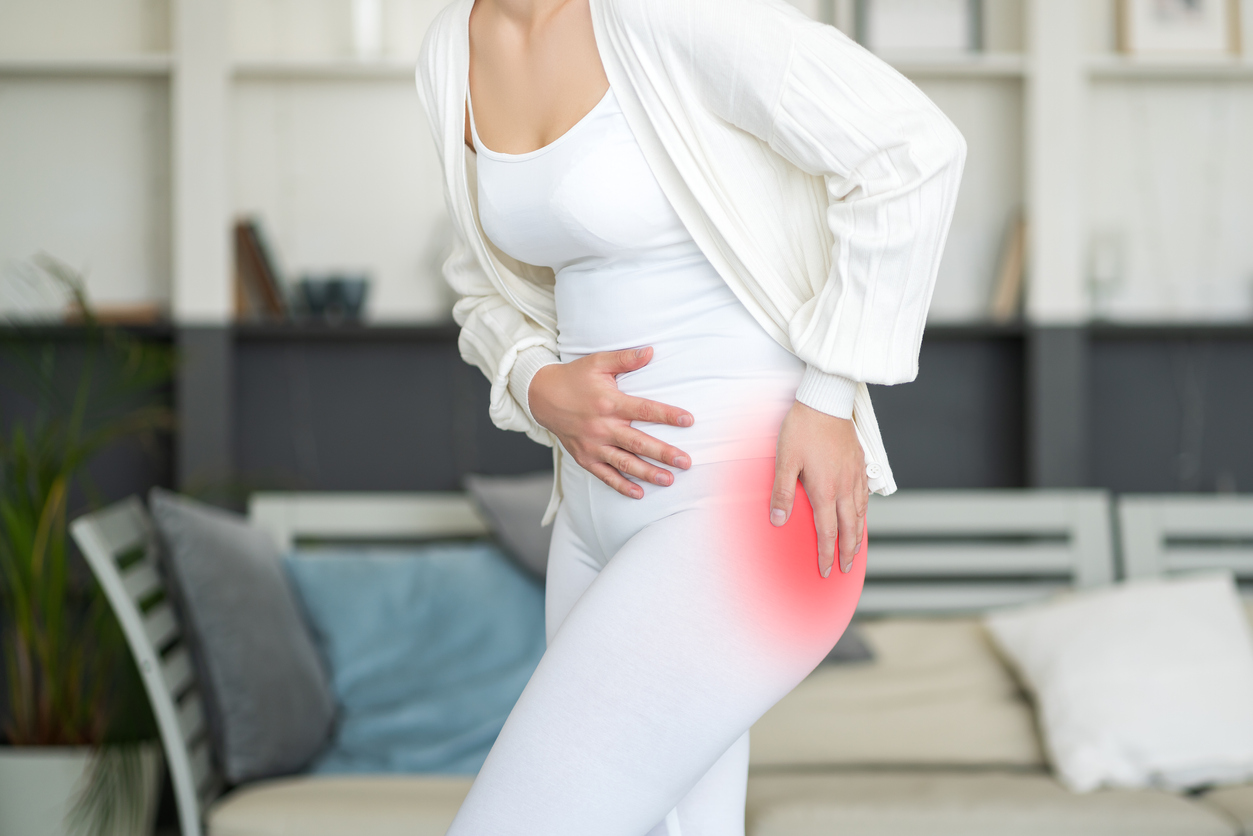Pain
Alternative and Complementary Treatments for Bursitis

What is bursitis?
Bursitis is a painful, and normally temporary, condition that occurs when a bursa becomes inflamed or irritated. Bursae are small, fluid-filled sacs that act as a cushion to reduce friction between the bones, tendons and muscles that are located near joints. Most bursae are located near larger joints that perform repetitive motion.
Treatment
Treatment often depends on the type of bursitis. Conventional treatments options for bursitis include physical therapy, occupational therapy, medications, injections or aspiration, and potential surgery. At-home treatments can include rest, over-the-counter medications, temperature therapy, and compression.
Alternative and complementary treatments
For the majority of cases, bursitis will resolve on its own. However, persistent cases may require other types of treatments. Alternative and complementary treatment options include acupuncture, physical activity, vitamins, herbs, and supplements.
Acupuncture
Acupuncture is an ancient medical practice developed in China; it was introduced to the Western world in the early 1970s. The treatment is most commonly used to reduce pain and stress levels. The technique is performed by an experienced and licensed professional and involves the insertion of fine, thin needles into the skin at specific points of the body. In traditional Chinese medicine, it is described as a method to balance the flow of energy (chi or qi) via pathways through the body. In the Western world, it is considered an alternative treatment.
Acupuncture practitioners believe that the strategic placement of the needles stimulates muscles, nerves, and connective tissues. Many alternative medical professionals believe this stimulation increases natural pain-fighting chemicals and boosts blood flow in the body. Acupuncture may be recommended for bursitis to help reduce swelling, inflammation and pain.
Physical activity
Physical activity during daily life can be beneficial in reducing pressure on bursa and related joints, while building muscle. Yoga can help reduce muscle tension and increase flexibility. Pilates or Tai Chi can improve muscle and ligament strength, while reducing tension from repetitive motions.
Vitamin, herbal, and natural supplements
There are no certain supplements recommended specifically for bursitis; however, many can help treat inflammation and pain. They include, but are not limited to, the following:
- Omega-3 fish oil
Omega fatty acids are polyunsaturated fats, or good fats. Polyunsaturated fats are an excellent replacement for saturated fats in the diet. Omega-3 polyunsaturated fatty acids act as a natural anti-inflammatory. Fish oil is the most common type of omega-3. - White willow bark
White willow bark is an analgesic that has been shown to have comparable efficacy to that of nonsteroidal agents and aspirin. It reduces inflammation and pain and is gentler on the stomach than aspirin. White willow bark is generally more expensive and should not be used in children as it may increase the risk of Reye’s syndrome. - Curcumin
Turmeric’s main active ingredient is a natural compound called curcumin. Curcumin has a strong anti-inflammatory effect and boosts antioxidants in the body. - Green tea
Green tea has antioxidants that reduce inflammation. It also has pain relieving properties. - Pycnogenol
Pycnogenol is derived from the bark of the maritime pine tree. It has been used as an anti-inflammatory agent for over 2000 years. It is not recommended when taking immunosuppressants or corticosteroid drugs, since it may interact with drugs that suppress the immune system. - Boswellia
Boswellia resin, also called olibanum, is used for its anti-inflammatory and analgesic properties. Side effects can include nausea, acid reflux, or diarrhea. - Resveratrol
This polyphenol molecule can come from various plant sources, including the skins of red wine grapes and other plant skins. It acts like an antioxidant to reduce inflammation. Side effects have not yet been established. - Cat’s Claw
Cat’s claw is known to help with infection, inflammation and pain. It is frequently used to treat bursitis. Studies have shown its ability to reduce proinflammatory mediators. - Capsaicin
Capsaicin is derived from chili peppers and is the active ingredient that makes them hot. Among other uses, capsaicin has been shown to produce an anti-inflammatory effect and reduce pain. It is typically used with other supplements. - Bromelain
Bromelain is an enzyme from pineapples and can help reduce inflammation. Use caution combining bromelain with curcumin due to possible interactions and increased risk of side effects. - Glucosamine sulfate
Glucosamine sulfate is a natural sugar found in cartilage and the hard covering of shellfish. Glucosamine sulfate supplements are normally made using shellfish. It can help reduce inflammation. - Vitamin C
Vitamin C with flavonoids can help repair connective tissue, including cartilage. Flavonoids increase antioxidant capacity more than vitamin C alone. Speak with a pharmacist prior to use, as it can interact with certain medications.
Additional source: St. Luke’s Hospital








